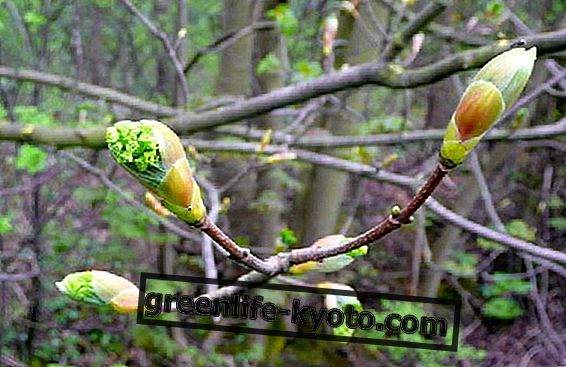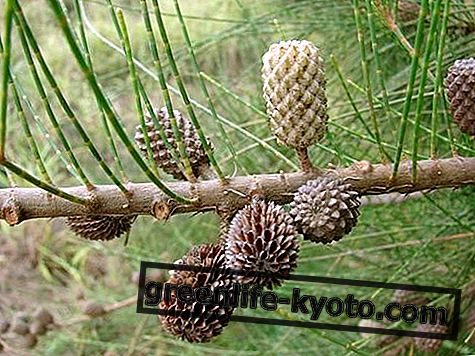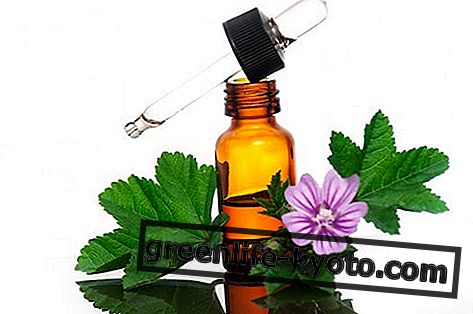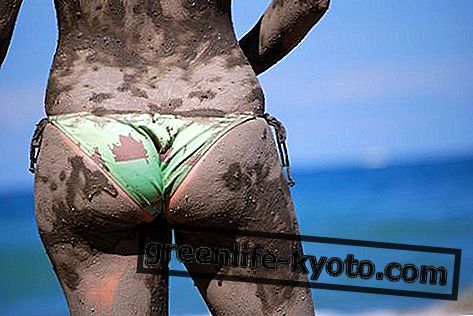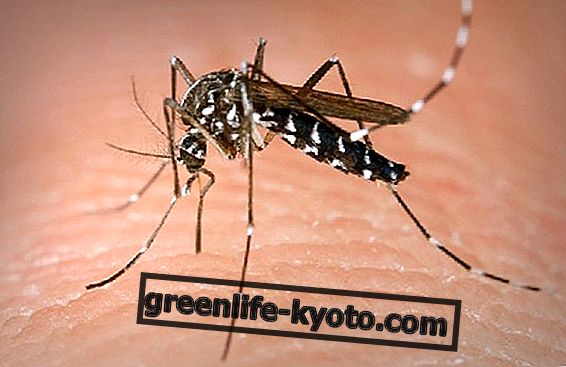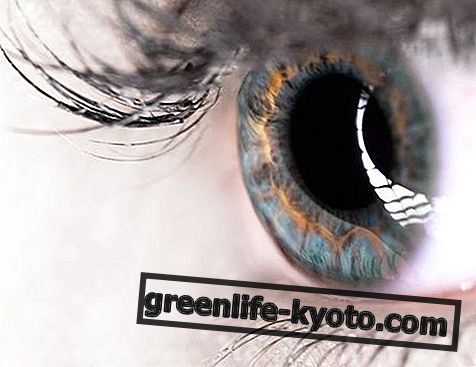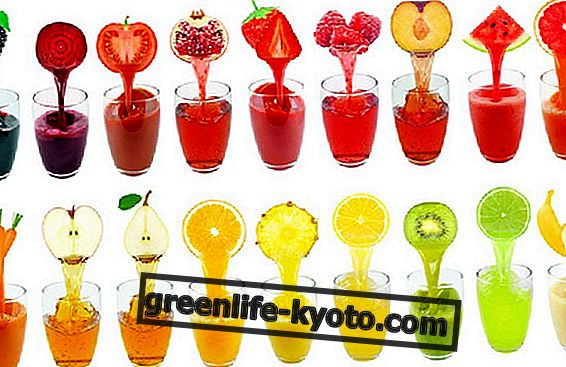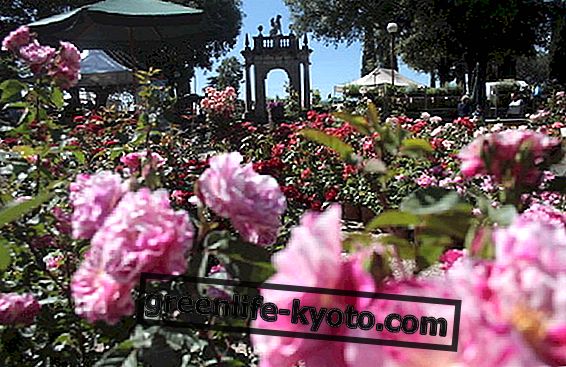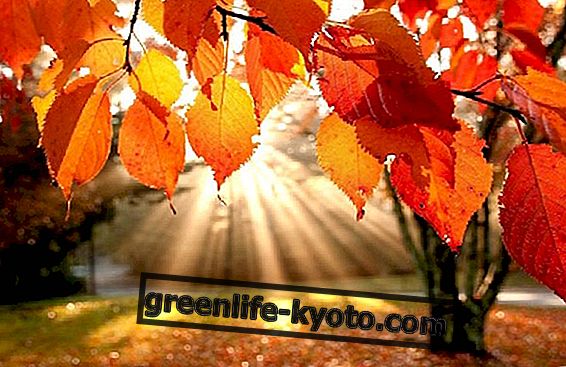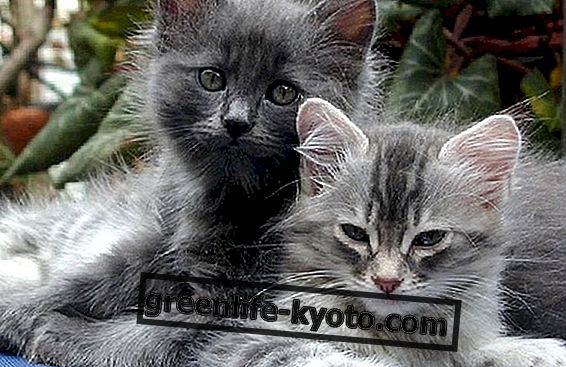
Psoriasis
It is an affection of the epidermis characterized by maculae, papules or squamous plaques, which are often scaly, localized to the scalp and to the extensor surface of arms and legs. This type of injury is often accentuated in repeated trauma sites such as elbows or knees. The papules or psoriatic plaques are covered with a whitish or silvery micaceous scale, which is easily removed; this type of lesion is due to a marked increase in the number of cells in the basal layer of the epidermis, which reduces cellular replacement time to a few days, causing a lack of cell maturation and a deficient keratinization of the flaking layer. Thus a series of cytological, mofological and biochemical alterations are carried out which are the result of the pathological process. The treatment of this condition is still linked to topical treatments of various kinds and to exposure to sunlight, in mild forms; in generalized or arthropatic forms (diseases of the joints), it is necessary to use particular systemic chemotherapy. As an affection of the "desquamante" type it often enters into differential diagnosis with other pathologies such as: dermatophytosis or tigne, caused by fungi of the skin and candidiasis, caused by fungi.
Acne vulgaris
Acne is an affection of the skin, at the level of the dermis, which affects the sebaceous glands . This type of gland is very common in the face, scalp and trunk, but also in the scrotum, nipples and eyelids. The sebaceous glands are olocrine-type glands, where the entire cell constitutes the excretory material; they produce sebum, a complex mixture of lipids (squalene, triglycerides and esterified waxes) and are under the direct control of the androgenic hormones produced by both sexes. This affection manifests mainly in the face, to a lesser degree in the back, the chest and the shoulders. Acne vulgaris is characterized by a variety of clinical lesions: the inflammatory papule, nodules and comedones. The latter are non-phlogistic surveys of two types: open comedones called black points, or closed comedones called white points. Closed comedones generally precede the appearance of real papules or pustules and large inflammatory nodules. The subsequent evolution of the lesions is the formation of large cysts that result in scarring of varying extension. Pustular or cystic lesions, despite the leakage of purulent material, are generally sterile, although they may contain anaerobic bacteria such as P. acnes . The pathogenic role of these microorganisms is now clear due to their ability to cause triglyceride lipolysis with the release of fatty acids, which in turn are able to trigger an inflammatory process in the follicle wall, which can break and lead to a perifollicular inflammation . On this type of lesions various micro-organisms of skin origin (impetiginizzazione) can then be implanted. Acne vulgaris is a serious problem of adolescence and rarely of adulthood, whose therapy is certainly long and complex and often fruitless.
Discover also how to treat and prevent acne with nutrition
Acne rosacea
It is characterized by the eruption of small papules and pustules 1-5 mm, more often in the face, which appears reddened due to vasodilation and spider veins. In humans it is often associated with a disfiguring dilatation of the nose called rhinophyma.
Eczema or eczenatosa dermatitis
Eczema is an affection of the skin that manifests itself with an itchy redness, on which blisters appear, which open and let out the serum followed by the formation of a crust .
The progression of these manifestations presents different phases: in the subacute phases of the disease a slight erythema with dry desquamation is observed, associated with the presence of small red papules, very excoriate, in the chronic phases there is lichenification of the skin. Eczematous dermatitis is not a true pathological entity, but an inflammatory process of the skin caused by various causes both exogenous and endogenous.
In fact, various clinical types of Eczematous Dermatitis are recognized and each type implies a different pathogenic cause. Forms with a hereditary predisposition are called Atopic Dermatitis, others are associated with intestinal malabsorption, others still have particular connotations and can be framed in pathologies defined as seborrheic dermatitis, which presents a constitutional diathesis and particular localizations (scalp, eyebrows, nasolabial area).
Stasis dermatitis due to changes in venous circulation, disidrosic eczema, a particular form of stress eczema located in the palms and soles of the feet, contact dermatitis, photoallergic or not, considered allergic and many others . In many of these forms an allergic component is found, which must be investigated and an increase in serum IgE. The treatment of uncomplicated eczema is predominantly symptomatic and must act on the itching, therefore very common are the medicines used topically (cortisone, tar gel ...), whose results are often disappointing.
You can investigate all natural remedies for eczema
Homeopathic treatment
The homeopathic treatment of these proteiform pathologies always involves a double approach to the patient: the first to prescribe a symptomatic remedy for immediate action on the symptom that led the patient to consult the doctor and the second to identify the basic remedy that can act on the "ground" or constitution of the patient to consolidate the effect of the treatment and to prevent the onset of diseases.
Some remedies follow among those most used for this type of pathologies that are often framed in the Reactive Psoric Model, the choice of which may follow an accurate anamnesis and a careful evaluation of the symptoms by the Homeopathic Doctor:
- Thuya occidentalis : Cupressaceae family (TM prepared from the twigs in spring), is made up of tannin (5%), flavonoids and essential oils (1%), especially Tione. Its main action is that of immunostimulant of the body's defenses, its specific action at the skin level is that of causing papulo-vesicular or pustular, itchy eruptions; eschars and warts, and adipo-cellulitic infiltrations. Main clinical indications in terms of skin pathologies are: juvenile acne, rosacea, seborrhea, furunculosis, hydrosadenite, anthrax and warts.
- Antimonium crudum : Ammonium trisulfate, has a prevalent action on the metabolism of carbohydrates and catecholamines, it combines with numerous enzymes. The main action is intestinal toxicity (vomiting and diarrhea), respiratory toxicity (obstructive syndrome), cutaneous (irritative dermatitis). At skin level, in particular, it causes vesicular and pustular eruptions of the face and mouth; eruptions exuding from the scalp, hyperkeratosis: fissured dermatoses, horny warts, thickened and deformed nails. The main clinical indications at skin level are: impetigo, infected dermatoses and superinfected aczemas; hyperkeratotic and fissured dermatoses; corneal and plantar warts .
- Sulfur : Sulfur sublimated and washed, the main action of this compound is to be found in the metabolic and plastic role that mineral and organic sulfur plays at the level of the organism: sulfur in the proteins of the skin and skin appendages; sulfated mucopolysaccharides in connective tissue and in heparin (anticoagulant effect), actions in the liver, on arterial pressure, on the osteo-articular apparatus, etc. The main indications for skin diseases are: dermatoses of all types that have common itching (which gets worse in the heat of the bed) ; topical and contact eczemas, herpes, scabies, pustular and furuncular acne.
Calcarea sulfurica : bi-hydrated calcium sulphate (CaSo4 - 2 H2O). Main actions are on the states of suppuration at the level of the skin, mucous membranes, and ganglia. Clinical indications are: pustular acne of adolescents, papulo-pustules of the beard, rashes with yellowish crusts.
You can learn more about homeopathic remedies for treating dermatitis
Phytotherapy treatment
- Calendula officinalis : common plant of the Composite group; the TM (Mother Tincture) is obtained from the aerial part (flowers and stem). Active ingredients: flavonoids, saponides, derived from oleanolic acid, tannins (hypotensive activity), salicylic acid (antiplatelet activity), carotene; particular action exerts the manganese: anti-inflammatory (mosquito bites), antiseptic, antibiotic; alcohol and triterpene lactones with antimycotic, antiviral, antibiotic, antitumor action; essential oils and organic acids with choleretic action. The external use of this plant designates it as an excellent local antiseptic for bruises, acne chilblains, eczema, sores and ulcers. Often enters the composition of creams, ointments and lotions for make-up removal
- Burdock or Arctium lappa : plant of the Composite family, fresh roots, seeds and fresh leaves are used for decoctions (40-60 gr. Xl). Active ingredients: tannin, essential oils, potassium, resins, a glucoside (lappatina) and an antibiotic principle. Main actions are: depurative, diuretic, diaphoretic, antiluetic, dermopathic, astringent, cicatrizant, vulnerary, resolutive. In herbalist practice a decoction of burdock is very used for the tappings in the case of furuncles or acne; alternate indications are : eczema, facial seborrhea, milk crust, open scrofulous tumors, abscesses, impetigo, insect bites.
- Erica or Calluna vulgaris : plant of the Ericaceae family, as a medicinal principle the fresh flowering tops are used (eg heather oil = macerate 100 gr.in ½ l of oil x 8 days). Active ingredients are: arbutin, resins (ericolin), oil (ericinol), tannin, fumaric and citric acid, carotene, starch, gum. Properties: antiseptic, astringent, diuretic. Remedy used to cleanse the skin in case of acne, dermatosis, furunculosis . ·
- Arnica montana : perennial mountain plant, from the Composite family. It has a main action on the nervous system, it is tonic, diaphoretic, antispasmodic, febrifuge, expectorant, astringent. Active ingredients: arnicina (bitter resinous principle), resin, tannin, malic acid, wax, rubber, silicon, saponona, essential oils, carotenoids and manganese. Its external use mainly involves the use as a cream or ointment in the case of bruises, ecchymoses, distortions and sprains; a decoction of arnica for touchings is indicated in the case of acne and eczema. ·
- Plantain : Plantago major L., plantago lanceolata L., plantago medium L. : plants of the Plantaginaceae family , they are three different species, but with the same properties: astringent, healing, depurative, diuretic, emollient, expectorant. Active ingredients: mucilage, tannin, iodine, potassium, magnesium, salicylic acid, oxalic and citric acid, glucides. Because of its strong astringent action, this remedy is often used in acne (applications of dry leaves) to accelerate healing, in wounds and insect bites.
- Thistle of the lanaioli or Dipsacus fullonum : of this plant of the Asteraceae family, the roots are mainly used, active ingredients are: glucosides and mineral salts. Properties: purifying, sudorific, diuretic. For its purifying qualities it is used as a decoction in the preventive or basic treatment of acne, eczema and other skin conditions .
- Carlina acaulis or carlina or rose of earth: a plant of the Composite family, it grows adherent to the ground and for medicinal preparations dried roots are used. Active ingredients: essential oils, inulin, tannin, resin, potassium, calcium and magnesium salts. Properties: cicatrizing, cholagogue, diuretic, stomachic, sudorific. It is possible to prepare a lotion or milk to cleanse the skin in case of acne and eczema.
- Lavanda officinalis or Lavanda spica : a plant from the Labiatae family, the flowering tops are used. Active ingredients: oil composed of acetate and traces of butyrate, valerianate, caproate and other compounds such as valerian aldehyde, tannins, a glucoside, an acid saponin, and ethyl-n-amylketone. Properties of this ornamental plant are: antiseptic, stimulating, carminative, healing, colagolo, insecticide. For skin diseases: acne, eczema, pediculosis, sores etc .; lavender vinegar is used for refreshing baths.
* Dr. Loredana Tocalli - Homeopathic Surgeon and Acupuncturist
